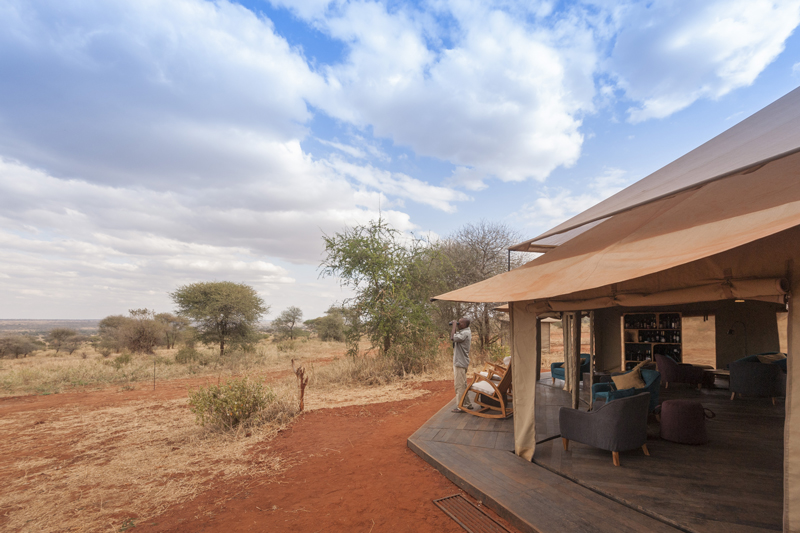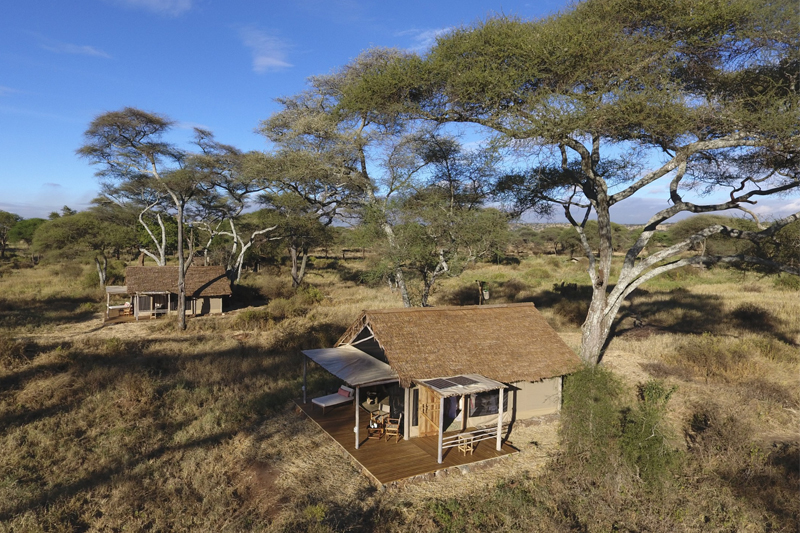Tarangire and Lake Manyara
Tarangire and Lake Manyara are two separate national parks linked by a natural game corridor.
Tarangire is one of the more recently established wildlife sanctuaries in Tanzania, covering some 4,160 sq. km and is often (unfairly) overlooked. During the dry season (July to October), the Tarangire River is the main water source in the region and it attracts large concentrations of animals from the surrounding Masai Steppes. This is an excellent time to visit.
The nine distinct vegetational zones within the park include savannah woodland, riverine grasslands and swamps. Huge baobab trees dot the landscape and the area supports a diversity of animals including huge elephant herds, buffalo, giraffe, lesser kudu, lion, leopard, wild dog, Grant’s gazelle, zebra, impala, wildebeest and klipspringer. Tarangire is also one of the few places in Tanzania where oryx can be seen. More than 500 species of bird have been recorded.
Most game viewing takes place by vehicle, although many camps have walking rights and a few offer night drives. Tarangire has remained a wildlife refuge due to the presence of tsetse fly.
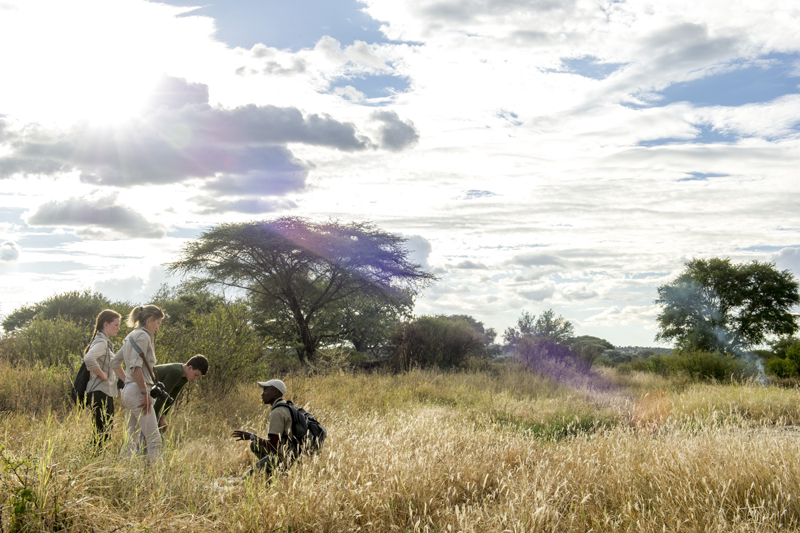
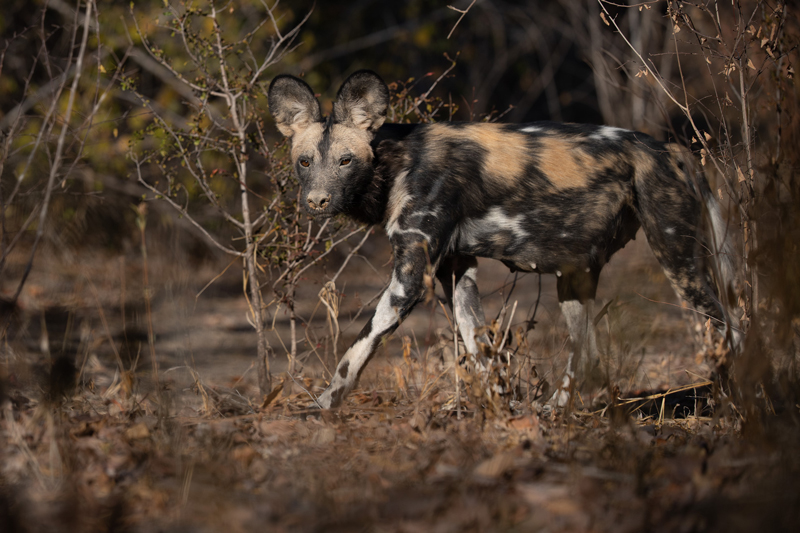
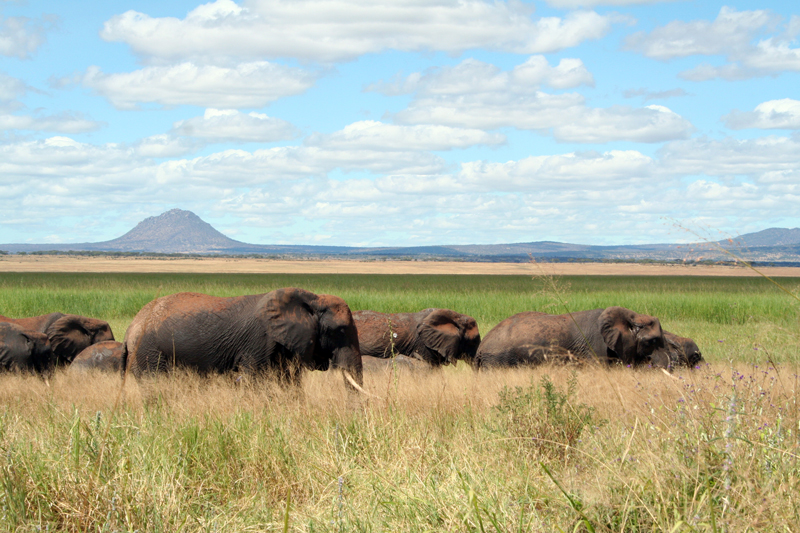
Lake Manyara National Park lies in the Great Rift Valley at the foot of the Ngorongoro Highlands. The small 325 sq. km park has a charm which is completely different from the other wildlife areas in the north. The terrain consists of five distinct vegetational zones: groundwater forest with towering mahogany and fig trees, grassy glades, extensive marshland reeds, parkland scattered with acacia trees and the scrubland of the 305m high Rift Valley wall, plus the 230 sq. km lake itself. Manyara has a high-density population of elephant, particularly young calves. The lions are known for their ‘tree-climbing’ habits, but they are not always easy to locate.
Other animals to be found include buffalo, giraffe, leopard, zebra, bushbuck, reedbuck, waterbuck, impala, gazelle, baboon and both vervet and blue monkey. Near the hot springs, klipspringer can be observed on the rocky outcrops. Vast numbers of (migratory) water birds can be seen, particularly flamingo, pelican, stork, sacred ibis, grebe and cormorant, when the lake is full. In recent years however, this has only occurred during the rains and for a short time thereafter. The total number of bird species is in excess of 350.


